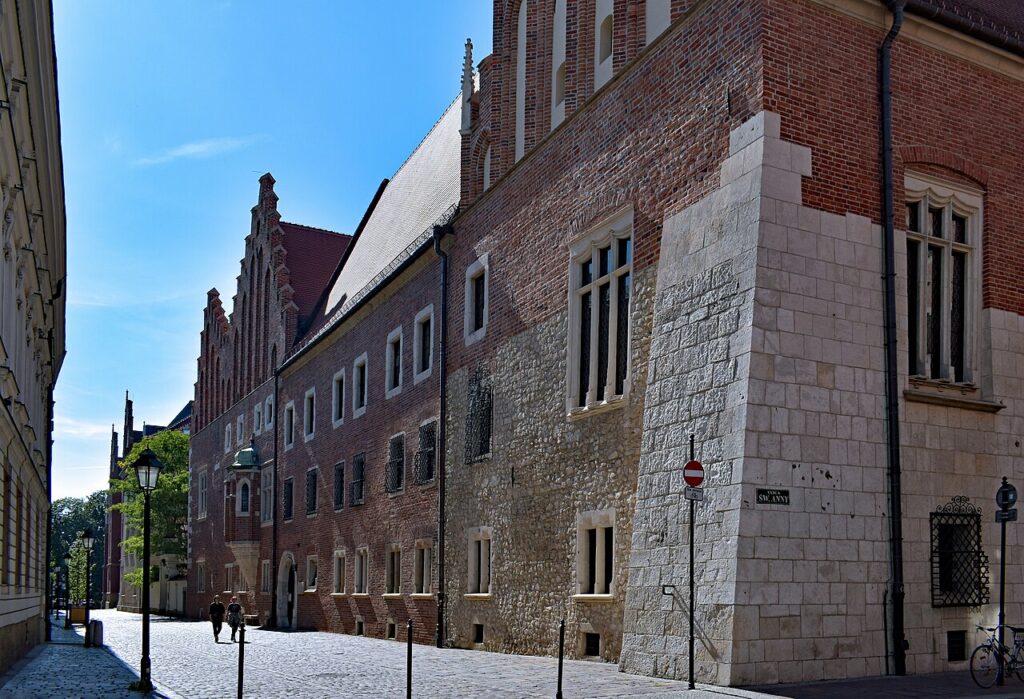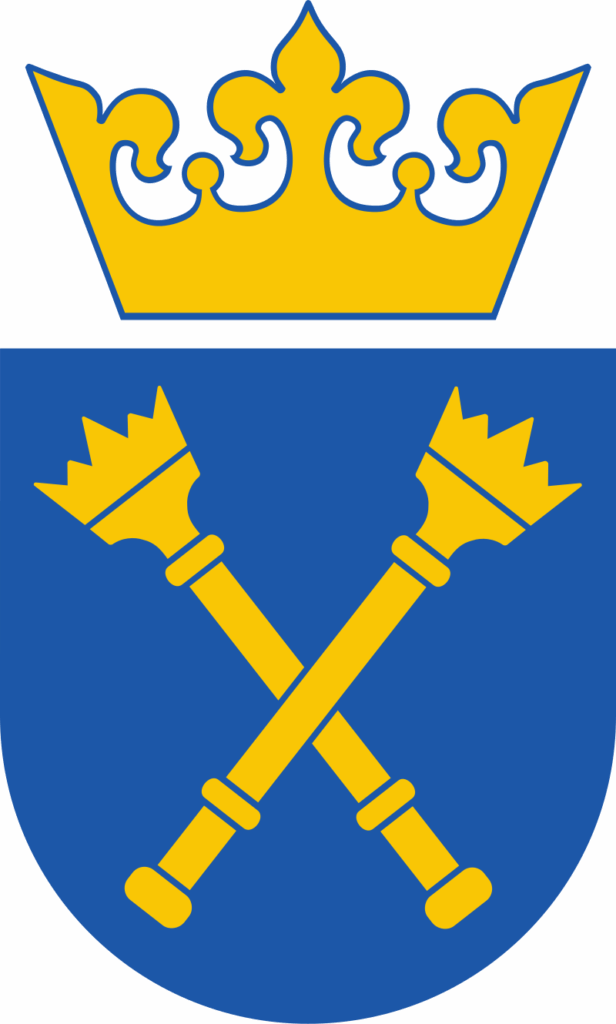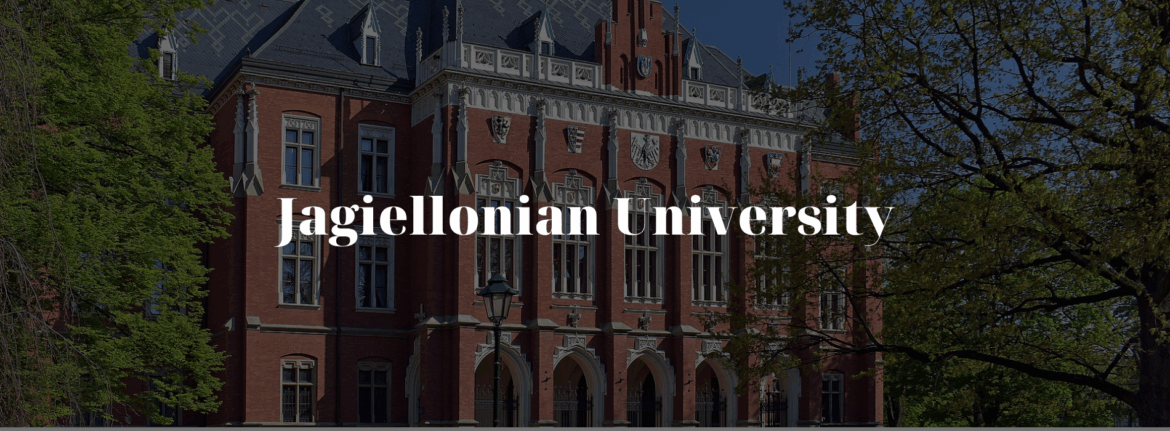In the heart of Kraków, a city known for its cobblestone charm and layered history, stands one of Europe’s most enduring academic institutions: the Jagiellonian University. Established in 1364 by King Casimir the Great, it is the oldest university in Poland and one of the oldest continuously operating universities in the world. For over six and a half centuries, the university has shaped generations of thinkers, researchers, and leaders—not only Polish, but European and global.
Royal Beginnings in a Medieval Kingdom
The founding of the university in 1364, under the name Studium Generale, was a bold initiative by King Casimir III the Great, who understood that a strong, educated class of lawyers and administrators was essential to the effective governance of the Kingdom of Poland. At the time, most high-level academic education took place in Italy, France, or Prague, so establishing a homegrown centre of learning was both a political and cultural act of sovereignty.
The new university received papal approval from Pope Urban V in 1364, joining a small elite group of European institutions that had this recognition. Initially composed of three faculties—law, medicine, and the arts—it mirrored the structure of other major medieval universities. Yet despite its promising start, the death of Casimir in 1370 stalled further development, and the university entered a short period of dormancy.

A Queen’s Gift: Rebirth Under Jadwiga
The institution was revived in 1400 thanks to the generous patronage of Queen Jadwiga of Poland, who used her personal fortune—largely her inherited dowry—to reestablish and re-equip the university. This revival was not just symbolic. The reformed university now included a full Faculty of Theology and began a process of growth that would place it among the most respected learning centres in Europe.
It was also in 1400 that the university relocated to the building known today as the Collegium Maius, still standing proudly in Kraków’s Old Town. The structure would become the heart of the institution for centuries, both physically and intellectually.
A Magnet for Minds: From Copernicus to Skłodowska-Curie
As the centuries progressed, the Jagiellonian University drew scholars from across Europe and developed a stellar reputation for academic excellence. Among its most celebrated alumni is Nicolaus Copernicus, the Renaissance astronomer whose heliocentric theory reshaped humanity’s understanding of the cosmos. Copernicus studied liberal arts at the university in the 1490s and was influenced by the astronomical and mathematical scholarship of the time.
Another indirect connection to brilliance is Maria Skłodowska-Curie, who although never a student, attended the underground “Flying University” in Warsaw, which was heavily inspired by the academic traditions of Kraków. Later, her legacy was recognised at Jagiellonian as an emblem of Polish scientific contribution.
The Collegium Medicum: A Pillar of Medical Education
Integral to the university is the Collegium Medicum, which traces its origins to the very beginning of the university’s history. Medical studies were among the core fields at its founding and remain a strong pillar of the institution today. The Faculty of Medicine, with records of activity dating back to the 14th century, played a pioneering role in the development of healthcare and anatomical knowledge in Central Europe.
In modern times, the Collegium Medicum continues this legacy with state-of-the-art research facilities and partnerships with leading medical institutions worldwide. Its buildings, some dating from the Renaissance period, house not only labs and lecture halls but also centuries of scientific heritage.
The Humanist Beacon of the Renaissance
During the 15th and 16th centuries—the golden age of Polish Renaissance—the university flourished as a centre of humanist thought. Professors and students engaged in the study of classical languages, philosophy, and theology, producing influential writings and contributing to the broader European intellectual movement.
This era also saw the university’s deep integration with the cultural life of Kraków. It became a key institution for the education of the Polish nobility, clergy, and administrative elite. Academic life was closely tied to the political evolution of the Polish-Lithuanian Commonwealth, whose unique model of governance required a highly educated class of citizens.
Crisis, Suppression, and Resilience
The vitality of the Jagiellonian University was tested many times. After the partitions of Poland at the end of the 18th century, Kraków came under Austrian rule. The university survived, albeit under strict oversight. Despite censorship and political repression, it managed to retain a significant degree of autonomy and continued to serve as a hub of Polish identity and scholarship.
One of the darkest chapters came during World War II. On November 6, 1939, during the Nazi occupation of Poland, German authorities arrested 183 professors and staff members of the university and sent them to Sachsenhausen concentration camp. This tragic event, known as the Sonderaktion Krakau, aimed to destroy the intellectual elite of Poland. Despite the loss and terror, underground education persisted, and after the war, the university was rebuilt with a renewed sense of mission.
Post-War Reconstruction and Modernisation
In the decades following WWII, the Jagiellonian University grew significantly. It added new faculties, research institutes, and partnerships with other universities around the globe. During the communist era, the university maintained a careful balance between academic freedom and state control. After 1989, with the fall of communism, it entered a new phase of dynamic development.
One of the milestones was the creation of the Third Campus, officially named the 600th Anniversary Campus (Kampus 600-lecia Odnowienia Uniwersytetu Jagiellońskiego), which houses natural sciences, computer science, and modern research infrastructure. This investment into new disciplines reflects the university’s commitment to remain relevant and innovative in a globalised academic environment.
A Modern Institution with Deep Roots
Today, the Jagiellonian University comprises 16 faculties and continues to offer a full spectrum of disciplines—from humanities and law to natural sciences and medicine. Its libraries, museums (like the Collegium Maius Museum), and archival collections are invaluable to scholars worldwide. The university places strong emphasis on international cooperation, hosting thousands of foreign students and participating in research networks across Europe and beyond.

It is consistently ranked among the top universities in Central and Eastern Europe and enjoys high prestige not only in Poland but internationally. Its traditions—academic gowns, Latin mottos, and formal ceremonies—coexist with modern teaching methods, student initiatives, and cutting-edge research projects.
Conclusion: More Than a University
The Jagiellonian University is more than just a place of learning—it is a symbol of intellectual perseverance, national identity, and European humanism. Through monarchy and republic, war and peace, repression and renaissance, it has remained a pillar of academic life in Poland. Its Gothic walls and vibrant campuses continue to inspire new generations who walk the same halls as Copernicus, who read in the same libraries where medieval scholars once studied the stars, philosophy, and medicine.
In the timeless city of Kraków, the Jagiellonian University stands not only as an academic crown jewel but as a living testament to the enduring power of knowledge.
